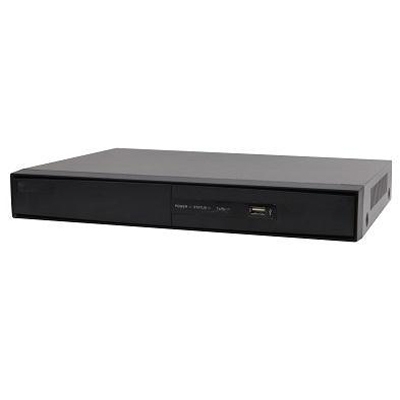Pixim Inc., a leading provider of imaging technology for enterprise security cameras, launched its Nightwolf imaging solution specifically designed for IR-assisted CCTV and IP cameras. Nightwolf eliminates hot spots common to IR cameras with near-field reflective objects in the scene and correctly exposes highlights as well as darker background details simultaneously—an unprecedented capability in the large market for IR-assisted video security cameras.
A typical IR-assisted CCD camera attempts to solve the hot spot problem by either closing down a mechanical iris or dimming the infrared LED lights. While either of these compromises can help avoid hot spot saturation, the resulting side effect is that the camera loses critical shadow detail greatly reducing the utility of the captured video. With innovative digital imaging technology, Pixim Nightwolf is able to capture both foreground and background details even in cases where very strong IR lighting is deployed. In fact, Nightwolf capability is so effective, that use of expensive mechanical DC iris lenses or adjustable infrared LEDs is no longer necessary.
In addition to optimised night-mode operation, Nightwolf offers daytime color performance identical to Pixim’s popular Seawolf imager covering all lighting conditions night and day, including challenging, mixed lighting scenes. Pixim’s Nightwolf delivers accurate, high-resolution color images at 690 HTVL effective. With a dynamic range of 120 dB max, Nightwolf captures all of the critical details in a scene including highlights, shadows, and mixed lighting without compromising image quality or color accuracy.
“IR lighting creates hot spots that make it difficult for traditional CCD cameras to create usable video,”explains John Pixim Inc., a leading provider of imaging technology for enterprise security cameras, launched its Nightwolf imaging solution specifically designed for IR-assisted CCTV and IP cameras. Nightwolf eliminates hot spots common to IR cameras with near-field reflective objects in the scene and correctly exposes highlights as well as darker background details simultaneously—an unprecedented capability in the large market for IR-assisted video security cameras.
A typical IR-assisted CCD camera attempts to solve the hot spot problem by either closing down a mechanical iris or dimming the infrared LED lights. While either of these compromises can help avoid hot spot saturation, the resulting side effect is that the camera loses critical shadow detail greatly reducing the utility of the captured video. With innovative digital imaging technology, Pixim Nightwolf is able to capture both foreground and background details even in cases where very strong IR lighting is deployed. In fact, Nightwolf capability is so effective, that use of expensive mechanical DC iris lenses or adjustable infrared LEDs is no longer necessary.
In addition to optimised night-mode operation, Nightwolf offers daytime colour performance identical to Pixim’s popular Seawolf imager covering all lighting conditions night and day, including challenging, mixed lighting scenes. Pixim’s Nightwolf delivers accurate, high-resolution colour images at 690 HTVL effective. With a dynamic range of 120 dB max, Nightwolf captures all of the critical details in a scene including highlights, shadows, and mixed lighting without compromising image quality or colour accuracy.
“IR lighting creates hot spots that make it difficult for traditional CCD cameras to create usable video,” explains John Bernstein, director of engineering for Pixim. “Analogue CCD cameras designed to combat issues caused by IR lighting have difficulty picking up details in both the foreground and background of the image at the same time. Pixim Nightwolf overcomes IR-lighting problems and generates actionable, accurate video containing better information.”
“IR-assisted cameras use light invisible to the human eye to capture video at night,” says John Monti, Pixim’s vice president of marketing and business development. “Many users do not realise that lighting challenges often occur with both visible and invisible light and then are disappointed with the results from their cameras. With Nightwolf, Pixim is able to offer its manufacturing partners a viable solution to the lighting issues commonly seen with IR-assisted cameras.”, director of engineering for Pixim. “Analogue CCD cameras designed to combat issues caused by IR lighting have difficulty picking up details in both the foreground and background of the image at the same time. Pixim Nightwolf overcomes IR-lighting problems and generates actionable, accurate video containing better information.”
“IR-assisted cameras use light invisible to the human eye to capture video at night,” says John Monti, Pixim’s vice president of marketing and business development. “Many users do not realise that lighting challenges often occur with both visible and invisible light and then are disappointed with the results from their cameras. With Nightwolf, Pixim is able to offer its manufacturing partners a viable solution to the lighting issues commonly seen with IR-assisted cameras.”























